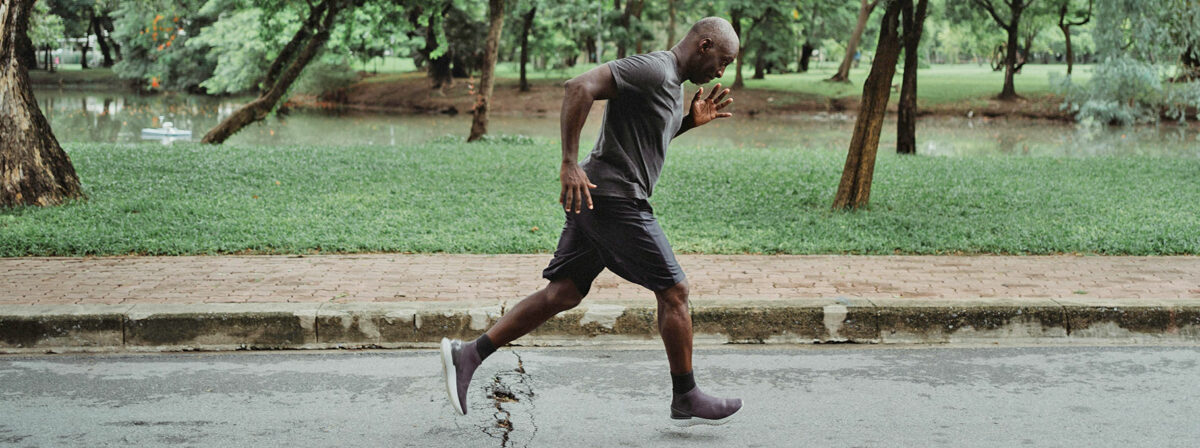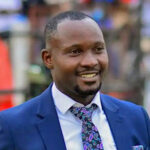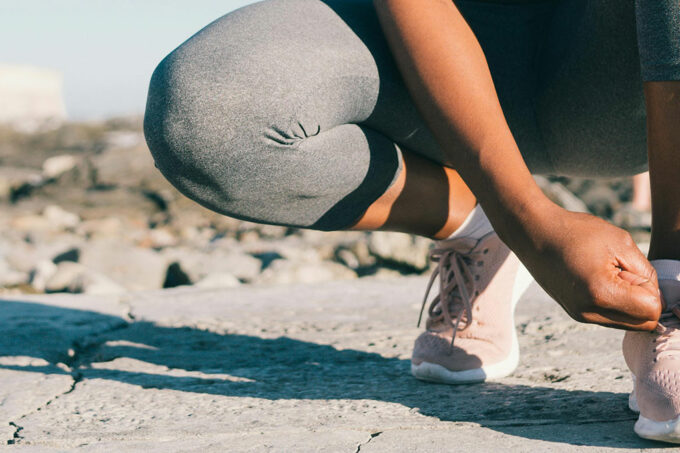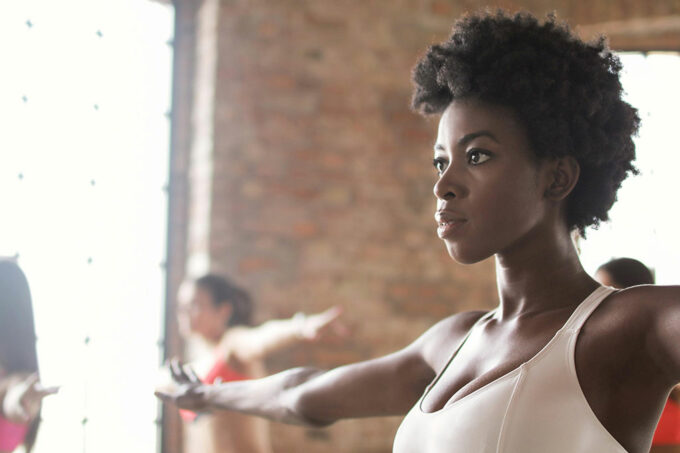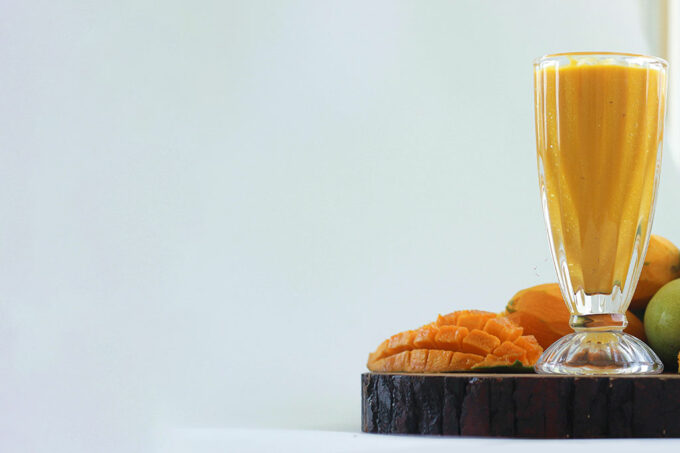Training without an objective is like walking with a blindfold!
And, besides commitment, and quality programming, training success also requires realistic goal-setting. If it took you 5 years to become overweight, one week’s training session(s) won’t get you back to your old self!
Now let’s say your objective/target is to lose 6 kgs in 3 months. The big picture/long-term plan of losing 6 kgs in 3 months is the macro-cycle, which you could break down into medium-term targets to lose 2 kgs every month; these are the meso-cycles which in turn are broken down say into 4 independent weeks which gives 4 micro-cycles.
The training session forms part of the micro-cycle and lies at the heart of the weekly training plan. Each training/exercise day, you (or the trainer) will structure and plan your session around the objective(s) for that day, your medium and long-term training objectives, while also taking into account the physiological, physical and mental strains on the body.
The training session must be varied – not with respect to the objectives, but certainly in as far as the methods and forms of training to be used are concerned (further discussed here). This is the truest quality that ensures consistent body stress and subsequent consistent gains. Doing the same program week in, week out, while perceived as normal, doesn’t require the body to adapt and keep improving since it places no demand on the body to prepare better in anticipation of the next unpredictable stress/load/training session.
Each training session should last between 30 and 75 minutes for ordinary exercisers and 80 and 100 minutes for elite athletes, depending on the type of session, the objectives, and the training cycle.
The training session comprises three main phases:
The warm-up or limbering-up phase
This is the preparation part of the session. It must be progressive, with an initial period of generic and varied movements at a slow to moderate tempo to stimulate the body’s organs and systems. This is followed by loosening up and co-ordination exercises (dynamic stretching); the tempo is then gradually increased with exercises specifically adapted for the main activity. It is recommended that there is a link between the content of the warm-up phase and the objectives set for the main activity /performance phase – eg a weight training routine is best served by a warm-up routine using much lighter weights. This phase lasts between 10 – 20 and 15 – 30 minutes for ordinary and elite categories respectively.
The main activity/performance phase
This is the main part of the session. During this period, the main emphasis is on training with a clearly defined objective(s). The content (the exercises and learning activities) must be tailored to the objectives. Correct emphasis must be placed on the various training activities, not only as regards volume, but also the duration and intensity of the activities – with each activity lasting not longer than 20 minutes. It is advisable to schedule some water breaks between activities or sets – as recovery, and for motivation to ensure consistent quality effort during training. This phase could last between 30 – 70 minutes depending on the performer’s current level.
The cooling-down phase
This is the phase of physical and mental relaxation. It usually takes place around the same area as the main part and includes some light exercises (eg. light walking) and limbering down and muscle-stretching exercises (static stretching). Having hydration or energy drinks will also aid recovery. It is also the moment to reflect on the training session, to fix new objectives or simply to communicate with your trainer. The duration varies between 10 and 15 minutes.
Further information:
Mr. Douglas Bamweyana is an Assistant Lecturer, Sports Science, Department of Biochemistry and Sports Science. He has a BSc. Sports Science (Mak), MSc. Sports Biomechanics (Loughborough University - UK), an MBA (Univ. of Nicosia) and is currently a PhD Student. His research interests include optimizing human performance, human movement variability and engineering and computer simulation modelling. He is a CAF A Licensed Coach and FUFA 1st Division Licensed Coach. He is President - Uganda Society of Sports Science and Physical Education (USSSPE).
